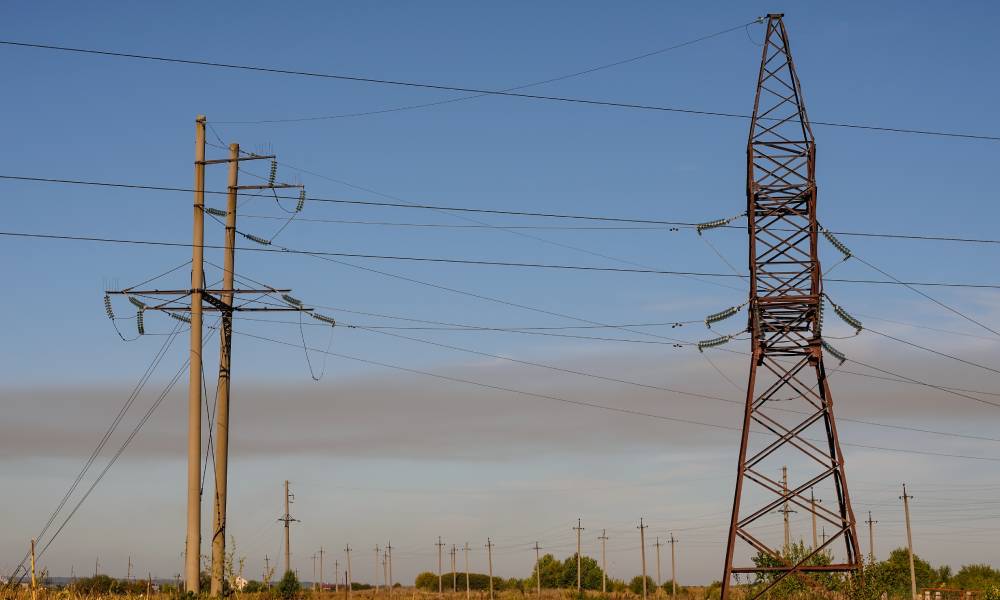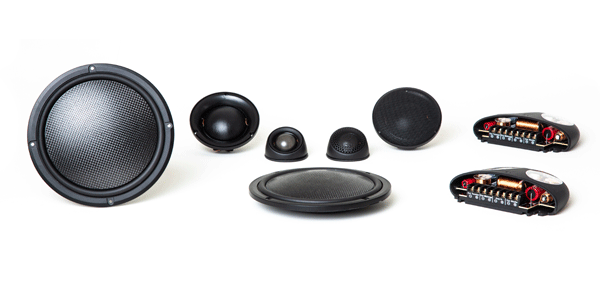How To Increase the Longevity of Utility Poles

Utility poles are the backbone of our electrical and telecommunication infrastructures, delivering power and information across vast distances. Durable and long-lasting utility poles are paramount for maintaining uninterrupted service essential for modern life. However, these structures aren’t immune to the ravages of time and the environment. Explore strategies to enhance the service life of utility poles, ensuring they withstand the challenges their environments pose.
Understanding the Challenges
Utility poles face various environmental factors that precipitate their degradation. Moisture, insects, and fungal decay are their primary natural adversaries, along with chemical exposure and physical damage from human interaction. These elements compromise structural integrity over time, necessitating costly replacements and repairs. Recognizing these challenges is the first step in formulating effective countermeasures.
Know What To Look for During Inspections
A systematic maintenance strategy includes periodic inspections to identify early signs of wear and tear, facilitating timely interventions. You must know what constitutes potential threats to pole integrity to carry out effective inspections. Inspectors should scrutinize poles for cracks, signs of insect infestation, corrosion in metal poles, and evidence of fungal growth. Furthermore, assessing the pole’s stability and checking for leaning or shifting is critical to ensure structural reliability. Early detection of these warning signs enables the undertaking of corrective measures before minor issues escalate into significant problems.
Schedule Regular Utility Pole Maintenance
Proactive maintenance is critical to extend utility pole lifespans. Utility companies can practice preventive maintenance on utility poles by applying sealant coatings, repairing minor damages, and troubleshooting issues. This preemptive approach minimizes the risk of catastrophic failures that can disrupt power and telecommunication services, proving to be cost-effective in the long term. However, it’s also vital to look for signs utility poles need replacing to avoid outages when poles are beyond repair.
Use Durable Construction Materials
Advancements in materials science have introduced durable construction materials designed to resist environmental decay. For example, wood preservatives are treatments employed to enhance resistance against moisture, insects, and fungi in traditional utility poles. Additionally, composite materials offer an alternative to traditional wood poles, providing superior durability and longevity without the susceptibility to natural decay processes. Steel and ductile iron are also durable choices for modern utility pole construction.
Utility poles are crucial players in our electrical and telecommunication systems, which is why it’s vital to practice these pivotal strategies for extending pole longevity. By adopting these practices and staying abreast of technological advancements, utility companies and infrastructure engineers can safeguard our connective lifelines, ensuring they remain robust for years to come. These choices will show your company’s commitment to serving the community with high-quality utilities and providing the best service.





